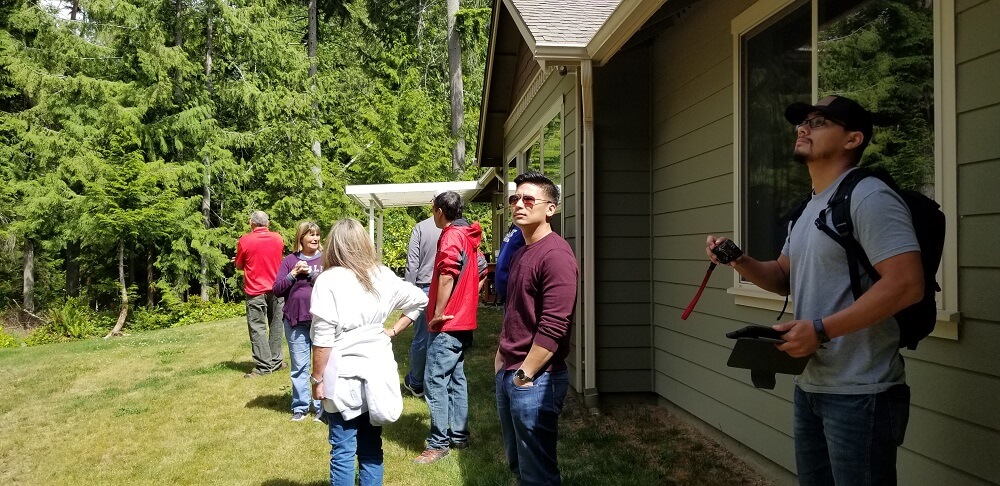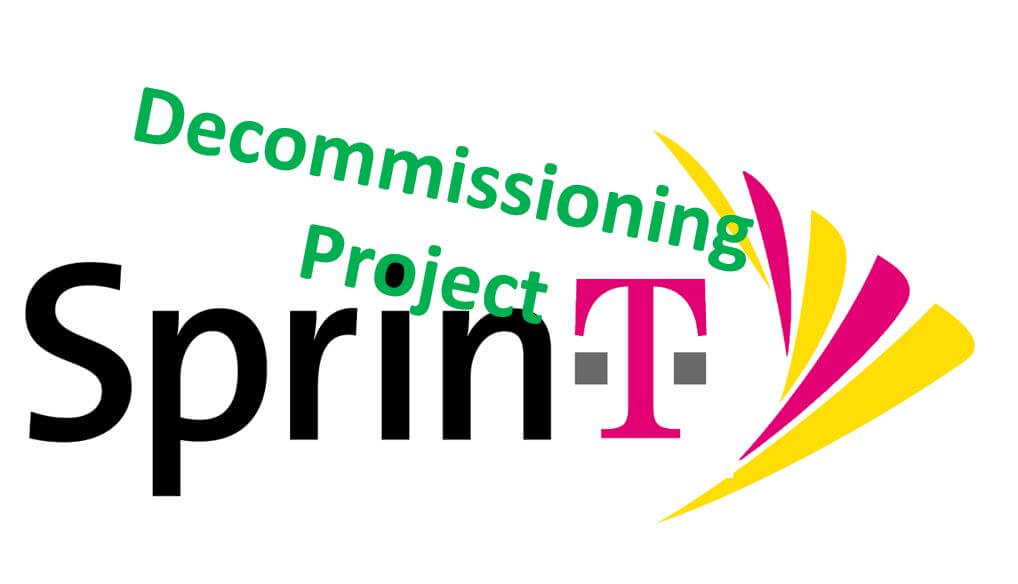Wireless Insiders Now On Your Side
Cell Tower Land Lease - Why My Land?
Tower Lease 101 > Why My Land
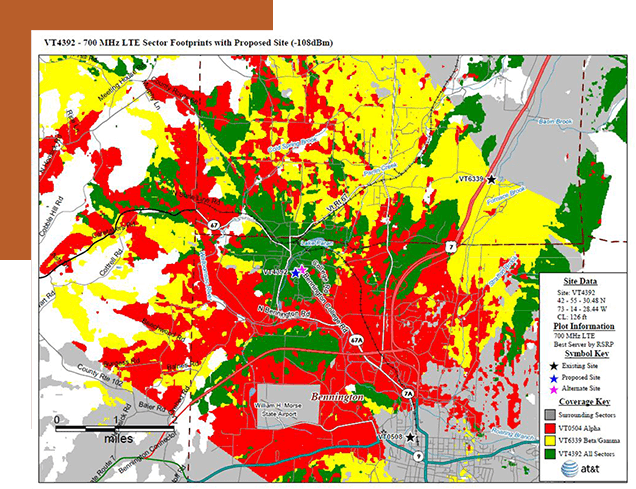
The Need for Improved Cell Coverage
A cell site design is based on the wireless carrier’s needs for improved cell coverage or for an increased call carrying and data throughput capacity in the area. An engineering design usually takes two years to make it to the leasing phase. During those two years, the radio frequency (RF) engineer has to support his/her designs with cellular traffic studies, search area selections, and confirm that surrounding sites are optimized in order to acquire the budget needed for the new cell tower. The engineering design is handed over to the wireless carrier’s real estate department who then hires a leasing company to perform the site acquisition work. This is the person who made the initial contact with you. When this leasing agent makes contact with property owners, the agent will have received from the RF engineer the parameters that must be followed before identifying a site candidate. Engineering communicates with the real estate department through the issuance of a Search Rings Geographical areas depicted in a circle (ring) drawn by radio frequency (RF) engineers defining the areas requiring new cell towers and technical parameters surrounding such designs. Within a search ring, parameters such as elevation or proximity to areas of interest and the on-air date the site are to be ready to carry cellular traffic are communicated to the leasing agent.
Cell Phone Tower Land Lease Rates
The carrier’s real estate department also privately sets a rental lease rate range they are willing to pay, along with certain zoning preferences to meet the site launch date. With these broad parameters, the leasing agent will return to the real estate and engineering departments with at least three site candidates within the search ring which meet these parameters. Your site is one of the 3 candidates that met the criteria. The degree by which your site meets the criteria relative to the other candidates will determine if your site is classified as the primary candidate, candidate B, or candidate C. Our first task as soon as we are retained is to make our client’s property the primary candidate. This is vital because only primary candidate sites get built. Although the other candidates lease can be signed, the wireless carriers will ignore them because they merely serve as backup sites.
Cell Phone Towers On Your Commercial Property
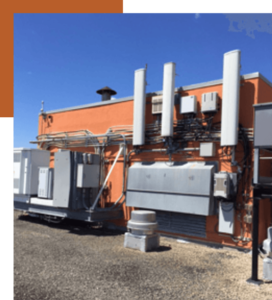 Commercial properties are ideal locations for cell site applications. While people frequently refer to all cell sites as “cell towers,” it is more accurate to refer to them as cell tower or rooftop applications. Cell towers involve the installation of a steel tower anchored to the ground by concrete foundations buried deep in the ground. Rooftop applications involve the installation of all antennas on the roof with the electronics stored in the basement equipment room.
Commercial properties are ideal locations for cell site applications. While people frequently refer to all cell sites as “cell towers,” it is more accurate to refer to them as cell tower or rooftop applications. Cell towers involve the installation of a steel tower anchored to the ground by concrete foundations buried deep in the ground. Rooftop applications involve the installation of all antennas on the roof with the electronics stored in the basement equipment room.
Commercial properties tend to be the preferred zoning classifications for cell sites. In most jurisdictions, setback requirements mean your property must have sufficient distance away from your property boundaries to meet zoning requirements. Lacking sufficient ground space, a cell site application can be installed on the roof if your building is tall enough to meet the engineering requirements. If your building is selected, there will be plenty of tests conducted to confirm that your building can support such rooftop application, including structural analysis, electrical power capacity, and feasible dark fiber optic access.
We tend to negotiate rental rates on rooftop cell sites higher than cell tower applications for a number of reasons. First, the wireless carrier will not have to build a new tower since they will be using the building as the structure to hold their antennas. Secondly, rooftop applications are more imposing on a property than a cell tower because of building access requirements, security, risks to the roof, structural loading placed on the building, addition of holes drilled into the parapet, or the thousands of pounds of incremental loading placed on the roof to weigh down skid mounted antenna arrays. Nonetheless, each application requires careful engineering and negotiations to assure that the building is protected from the carriers’ operational demands of the property.
Cell Phone Towers On Private Property

While residentially zoned properties are never a favored designation to build cell towers, tower installations do exist here because planning offices occasionally grant zoning variances under proper conditions. If wireless carriers can prove that under current zoning regulations, no other locations in the Search Rings Geographical areas depicted in a circle (ring) drawn by radio frequency (RF) engineers defining the areas requiring new cell towers and technical parameters surrounding such designs. can work, then under the scrutiny of the zoning staff, city council, or zoning commissioners, a hearing can be held to decide on the fate of such applications. Wireless carriers shy away from having to go through a drawn out zoning process because it is expensive, slow, and has a high risk of being denied. Properties that are zoned as primarily agricultural or farmland are also favored locations because zoning is easier in these designated areas. Local wireless communication facility codes will define what is allowed, where it is allowed, and under what conditions. When wireless carriers’ representatives contact property owners to initiate leasing discussions, we expect that they have performed their homework on the zoning codes as it pertains to your property. However, we often discover that the leasing agents are not proficient with zoning regulations and often discover later that the property is not zoned for cell tower applications at all. When in doubt, we always check the zoning codes to ascertain what is permissible on the proposed properties.
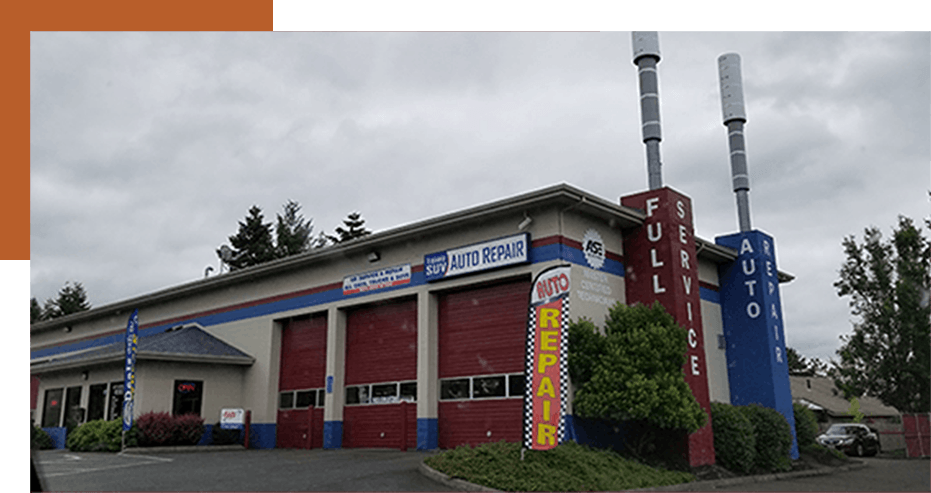
Do Cell Towers Affect Property Values?
Cell towers on commercial properties almost always improve their values because of the additional income that it brings to the property. Additionally, property owners can advertise that the building has “excellent cell coverage throughout” which can be a selling point to its tenants. In residential, farm use, or agricultural properties, the impact to the property values depend on how the cell tower is designed and built. With hundreds of thousands of cell tower structures across the nation, everyone is accustomed to seeing cell towers everywhere. However, when a cell tower is poorly designed, built, or loaded, the “ugliness” factor will be obvious and can create poor “curb appeal” to the parent property and adversely affect property values. Additionally, factors such as the location of where the tower is placed, accessed, and whether it was designed to accommodate the property owner’s future use of the land play an important role in the value of the overall property. This operational foresight allows Terabonne to design towers in locations that enhance the property values instead of harming its long-term significance. At times, we have helped property owners create greater financial values from the cell tower operation alone over that of the rest of the property or building itself.
Latest Blog Post
How Tall Are Cell Towers?
Not all signed cell tower leases will get built. How to select a cell tower consultant who can take you beyond just signing a lease.
Read More →
Cell Tower Types
Not all signed cell tower leases will get built. How to select a cell tower consultant who can take you beyond just signing a lease.
Read More →
Is 5G Safe?
Not all signed cell tower leases will get built. How to select a cell tower consultant who can take you beyond just signing a lease.
Read More →
How Do I Profit With 5G?
How Do I Profit With 5G? Articles > How Do I Profit With 5G? How Do I Profit With 5G? Fifth generation (5G) networks are ...
Read More →
AT&T and FirstNet.
AT&T and FirstNet Articles > AT&T and FirstNet AT&T and FirstNet FirstNet is a nationwide wireless network funded by the federal government built for first ...
Read More →
T-Mobile Acquired Sprint. What’s the implication to me?
T-Mobile Acquired Sprint. What’s the implication to me? Articles > T-Mobile Acquired Sprint. What’s the implication to me? Sprint Early Lease Termination As of this ...
Read More →
Need Advice?
Let’s discuss your cell tower opportunity. We will share with you what we know about your cell tower ground lease. Never a fee until we agree to work together and we deliver all-inclusive results to your satisfaction. Unheard of assurance and confidence. Please email, call or send us a message anytime.
Get In Touch
P.O. Box 6257
Edmonds, WA 98026


